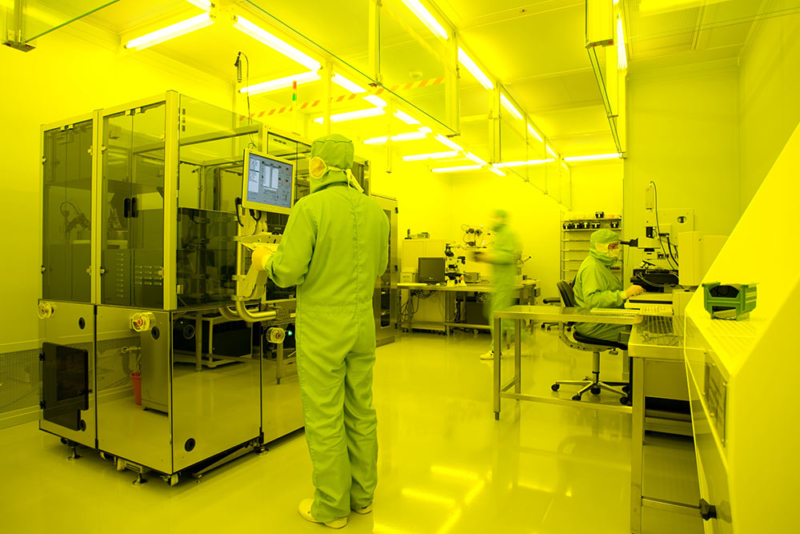A colleague of mine has sent me a link to a cleanroom systems operation instructional video, and as I have been recently asked about the international operational behaviour standards for different cleanroom classes by many of our clients, I have decided to share with you the information on proper cleanroom operation behaviour.
After your ISO approved cleanroom design is complete, and the cleanroom system is properly installed according to the classification standards, the next item left on the list is to encounter, or train the personnel that will operate the cleanroom system.
In order to know what these officially approved operations are, yet more importantly, why were these international cleanroom standards approved by the ISO, AZ/NZ standards, we will start with theoretical basis on personnel particle shredding.
People shed millions of particles when simply moving around, even when covered in protective cleanroom suits, and some people shed significantly more skin cells than others.

So what can you do to reduce particle dispersion from your cleanroom system operators?
There are a number of international standard approved solutions for such cleanroom operation problems, and of course, their effectiveness levels experience a significant rise as you combine them:
- Establish good personal hygiene for cleanroom system operators;
- Prohibit smoking for cleanroom operators at least 30 minutes prior to the cleanroom entry preparations;
- Prohibit cleanroom entry to operators wearing jewelry and makeup, in order to both decrease particle limit and keep the cleanroom suits intact (especially if the suit is to be re-used);
- Prohibit cleanroom entry to all unnecessary items, items unused in the process;
- Prohibit entry of cleanroom personnel who are currently ill, have skin or hair problems, since that results in much higher particle dispersion rate even when in cleanroom suit;
- Prohibit the use of not cleanroom-use regular pens and pencils, together with paper inside your cleanroom;
- Limit communication inside the cleanroom system, as it as well increases dispersion rates;
- Limit the number of visitors in your cleanroom.

It should also be noted that while open cleanroom doors may not prove a big contamination risk (however they must be kept closed at all times when not used) due to pressurisation they could look like an invitation for individuals lacking specific cleanroom training to just walk inside.
Keep in mind that personnel will be wearing protective cleanroom suit with good isolation statistics over their usual set of clothing, so it can get pretty warm.
This potential problem may cause your staff to sweat, which will certainly benefit their particle dispersion inside the cleanroom system.
I recently heard a story about one particular cleanroom which was kept at 10˚C (50˚Fahrenheit) and an inspector came in and noted that the temperature should be turned up because it’s too cold for the personnel.
He then proceeded to survey the cleanroom personnel and all of them said that the temperature was just right.
In order to conclude this article, the most important thing to ensure your cleanroom is functioning according to the international cleanroom standards is to train your employees properly, so that they understand how contamination works and how to behave in specific cleanroom classes, because no matter how good the design is, the design of your cleanroom will be determined on the particle dispersion, main sources of which are the machinery used in a cleanroom system and personnel operating it.
No matter which cleanroom suit is worn by the workers, proper cleanroom operational training will ensure of contamination minimization for your system.
Source: Cleanroom technology.


